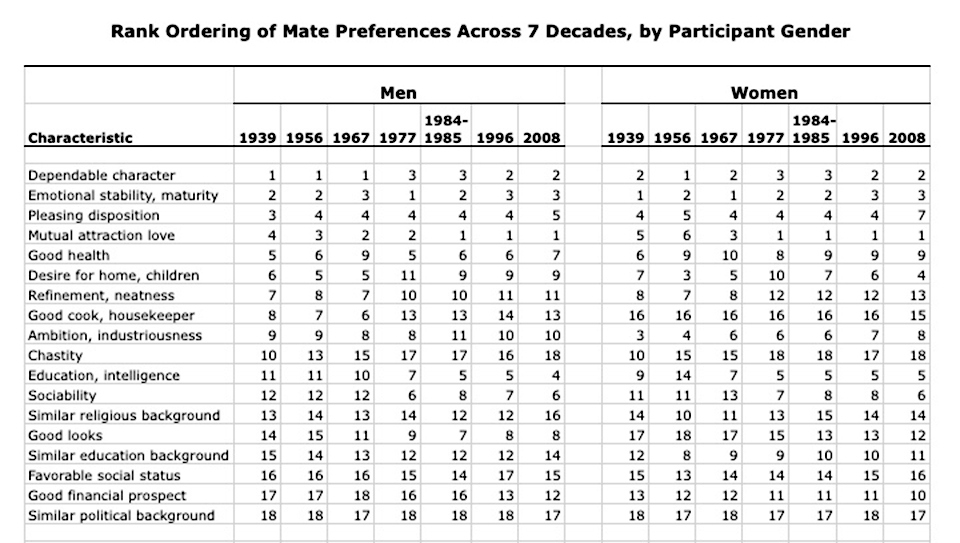


Not for school but for life we learn. Seneca was right all those years ago – and that quote is the inspiration for how I teach. I’m a firm believer that academic research can and should be useful to all of us in our day-to-day lives.
My favorite classes are ones chock full of fodder for cocktail party conversation. Cool ideas and new perspectives. Fun facts and counterintuitive approaches. Knowledge that will hopefully germinate into food for thought for years to come.
I’ve taught classes on the Sociology of Marriage, Social Change, Self-Help in Society, Sociology of Gender and Sociology of Everyday Life. I’ve designed four classes from scratch, including classes on self-help, an introductory class to the field of human ecology, a finance and families course and my popular class, Consuming Happiness.
In Consuming Happiness we explore how we try to buy happiness, successfully and unsuccessfully. How we spend our resources of time, money and natural resources impacts our well-being (and our corporate, academic and political culture). This class looks at the benefits of prosocial spending, buying experiences rather than things and embracing the true meaning of thrift.
If you’re an academic interested in teaching a course on one of these subjects, feel free to email me for more information about my syllabus, readings and assignments.

It’s the perennial question: What do men and women want in a mate? Since the 1930s, researchers have been asking college men and women to rank 18 characteristics on a scale of unimportant to extremely important–and my, how times have changed! The headline over seven decades is the rise in importance of love and mutual attraction — and the decline of chastity: Ranked #5 for women and #4 for men in 1939, in 2008, love and mutual attraction is topping the charts for both sexes, while chastity, ranked #10 for both men and women in the 1930s, has plummeted to dead last in 2008. For men, a woman’s education and her ability to earn a good income has become a top-tier priority, while her housekeeping skills have fallen low down on the list of a man’s desired traits, a trend that began in the 1970s survey, and continues today. For women, a man’s desire for a family is on the rise and whether he’s got a “pleasing disposition” seems less important than it was even a decade ago.
With my terrific co-authors, Christie Boxer and Mary Noonan, we published this research in the Journal of Family Issues in 2013: “Measuring Mate Preferences: A Replication and Extension”
If you want to nerd out, this is a really cool chart. History in action—watch the changing mate preferences over time.


I wrote my doctoral dissertation on the self-help industry – who buys self-help books and why. If you are a glutton for punishment, I’d be happy to send you the entire 100,000-word tome. But to get the general idea, here are some tidbits.
I argue that the increasing popularity of self-help books is an indicator of the modern American quest to maximize personal happiness through a process of self-discovery. Self-help books – non-fiction books that offer advice for behavior modification and make explicit promises for positive change – have doubled as a percentage of all book titles since the 1970s. My dissertation explores the demographic profile of self-help readers, the marketing and advertising strategies of the self- help industry and the formula of a self-help bestseller.
The following documents of the Doctoral dissertation abstract are available in PDF format:
SHORT VERSION
LONG VERSION
TABLE OF CONTENTS

I wrote my master’s thesis on changing dating and marriage patterns in the U.S. since the 1960s. Or, put in academic terms, it was a study of changing commitment patterns among American young men and women during the second half of the 20th century using gendered magazines like Playboy and Cosmopolitan as guidebooks for evolving courtship rituals. Yes, I read Playboy and Cosmo for my master’s degree. And yes, I have plenty of stories to share about the hilarity of such primary-source research. In my thesis I argued that these magazines offer insights into the choices, fantasies and ambitions of young men and women since 1965. How has advice to men and women changed – and did magazines reflect, set or simply provide an escape from the actual trends for dating and marriage in 20th-century America?
The following documents of the masters dissertation abstract are available in PDF format:
ABSTRACT
TABLE OF CONTENTS
© 2024 CHRISTINE B. WHELAN
